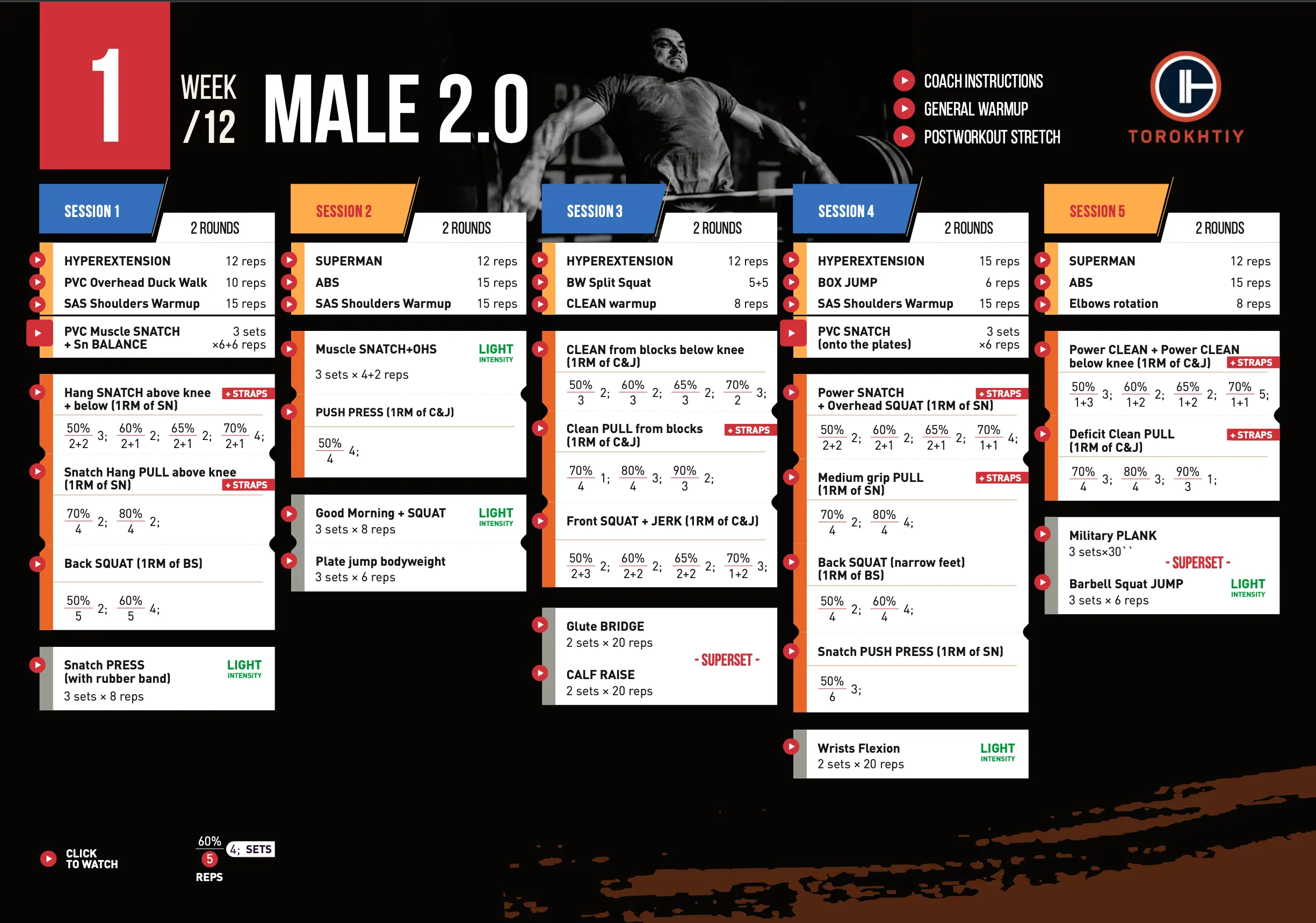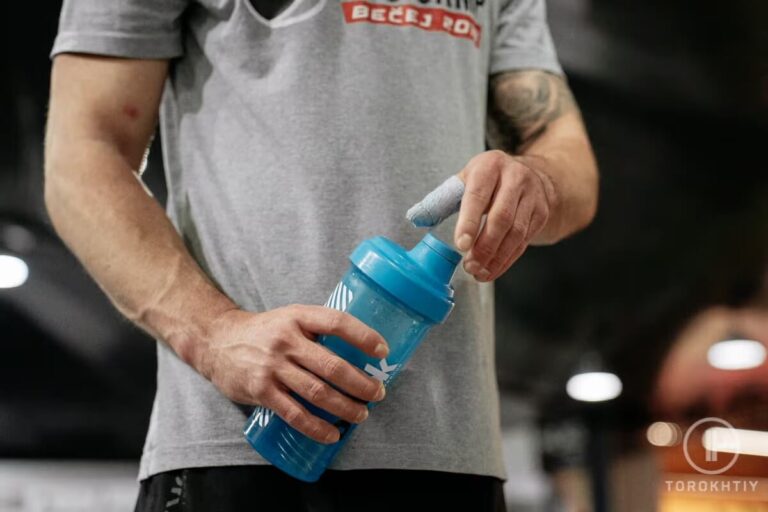Barbell History
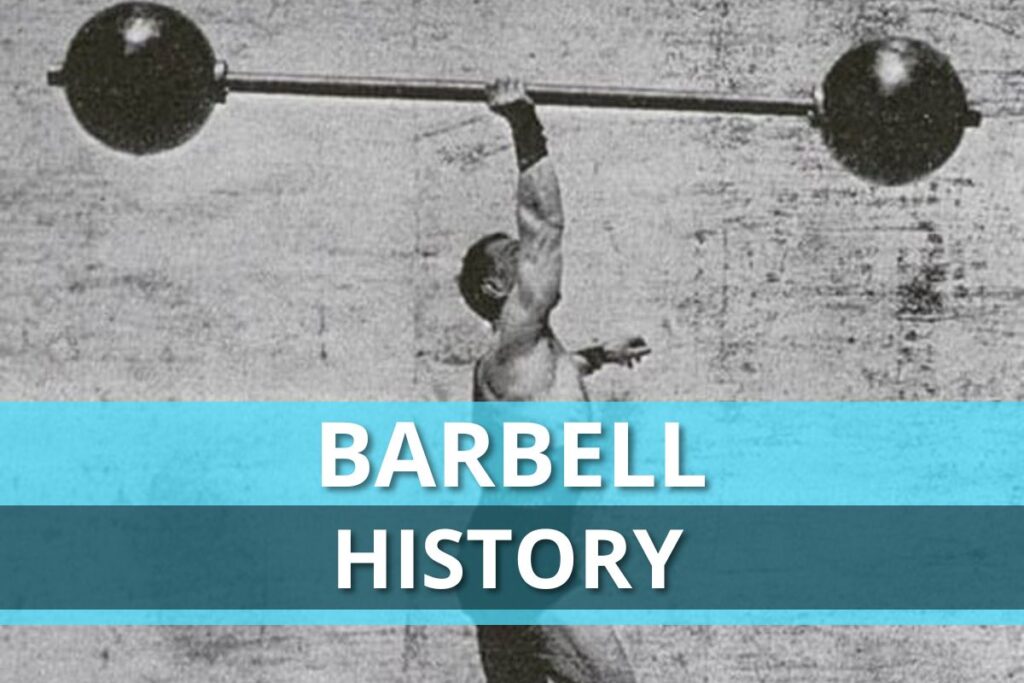
It seems there is no one who doesn’t want to have remarkable strength and a beautiful physique. For that, the main sports equipment is an ordinary weightlifting barbell. The word “bar” comes from the German barre, which means a metal rod (in modern terminology – the bar). Before acquiring a modern look, the weightlifting bar underwent significant reconstruction.
Even in ancient Egypt warriors used stone or iron bars to determine the strongest. These were one of the first weightlifting equipment, the progenitors of the modern barbell.
The ancient Greeks were the ones who first modernized dumbbell manufacture in order to make young people stronger. Dumbbells weighing 1.5-2 kg were made of stone, iron or lead. In addition to dumbbells, the Greeks used stone weights and blocks as sports equipment. The largest weight known, which is now kept in the Museum of Olympia, weighs 143.5 kg. There is an inscription on this dumbbell: “Bibon, son of Phola, raised me above his head with one hand.” On another huge block of black volcanic stone weighing 480 kg, found in the Santorini island, is inscribed: “Evmast, the son of Krytobul, picked me up from the ground.”
In ancient Greece, young men not only practiced strength exercises with dumbbells, lifted and transferred stones of different weights from one place to another, while observing the gradual increase in load, but sometimes they even carried a live calf on their shoulders.
Exercises with weights found their reflection in artistic paintings and in Hellenic sculptures. In one, the artist captured a young man raising a large stone alternately with each hand on a Greek vase. On another vase there is a young Hellene jumping with dumbbells in his hands.
Thus, it can be assumed that in ancient Greece, athletes had to develop enormous strength in order to lift the above-mentioned weights. The followers of the ancient Greeks in the exercises with weights were the Romans. Athletes and strongmen of Ancient Rome used heavy armor-clad clothing, lead shoes, climbed stairs with these weights. Strength exercises were demonstrated in the Colosseum arena. For example, the powerful artist Atanat walked around the stage in a shell weighing 200 kg and in heavy shoes of 100 kg each. Another strong man, Fuvius Silvius, developed such strength in his legs that he could climb stairs with a weight of 320 kg.
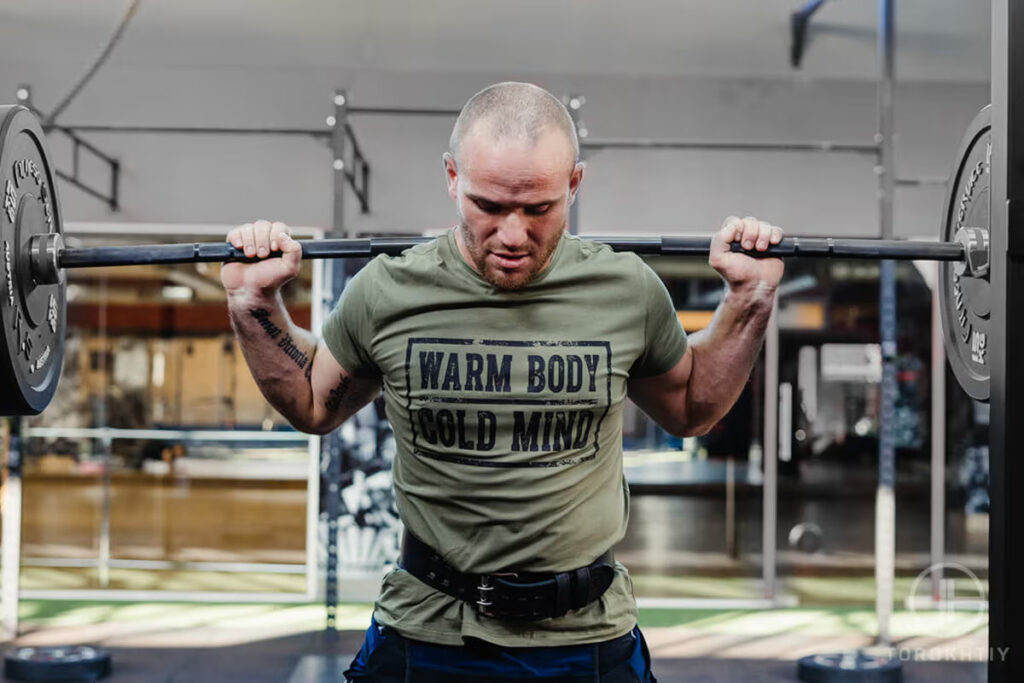
The Romans, just like the ancient Greeks, skillfully developed strength through various exercises with weights. After the fall of Rome, purposeful strength development and sports equipment improvement became widespread only in the Renaissance.
In the XIV — XV centuries English soldiers practiced with an iron beam like the ancient Egyptians. In the same period hammer throwing was common in Scotland. The shell consisted of an iron core, which was attached to a meter-long stick. Interestingly, all the ball barbells used by athletes later had 1 meter bars.
At the end of the 16th century, during the reign of Queen Elizabeth of England, weights exercises were recommended to young men instead of dancing and other “irrelevant fun.” Historian John Nordbrook wrote that practicing with a stick, at the ends of which lead weights were suspended, strengthened the chest and arms. In addition, athletes experienced the same pleasure as in boxing, but they did not get hit. Therefore, we can assume that it was the first simplest bar, the weight of which varied.
During the XVII — XIX centuries purposeful development of strenght with the use of various weights brought positive results. Strong artists appeared in a number of countries in Western Europe and America, who demonstrated their strength on the circus stages.
In Napoleon Lene´s book “School of gymnastics” (1872), information that “Persian athletes exercised with sticks” was provided. Performing them, the athletes developed tremendous strength and agility. If the sticks seemed very light to the athletes, then they added some lead to it, putting it into the holes made at their base. The weight of the sticks could vary from 1 to 9 kg, which contributed to a more rational dosage of loads. The book also describes Basque exercises, which threw an iron strip with one or two hands with exceptional dexterity and strength. The weight of the bands ranged from 4 to 9 kg.
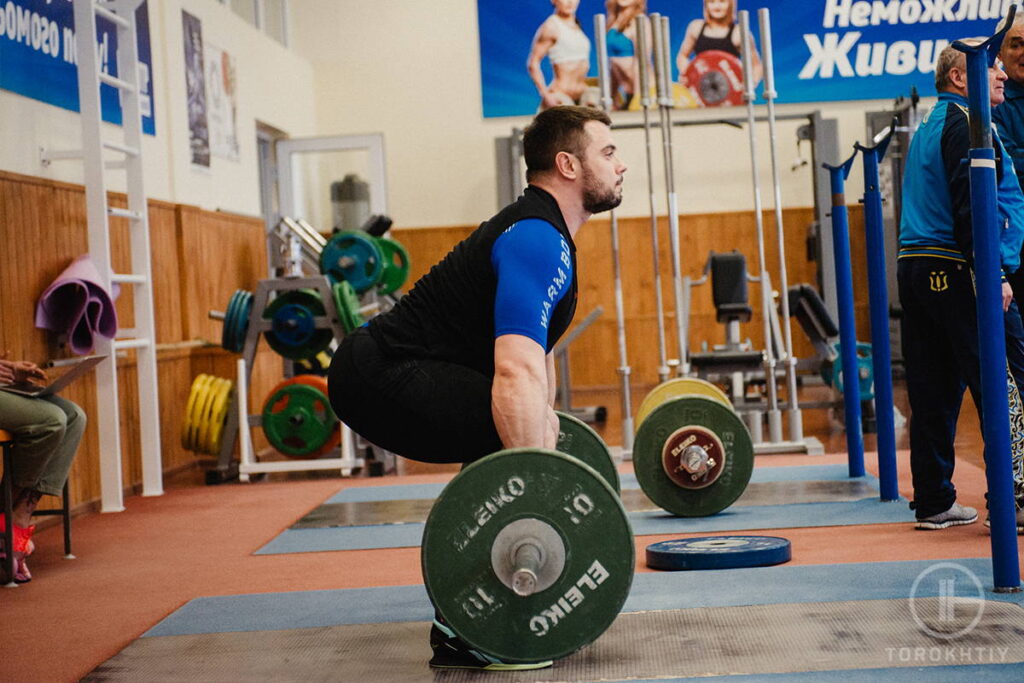
Ball barbells were of constant weight (solid balls) and piled up (hollow balls, where sand or peening beads could be added). Interestingly, the Germans first called a barbell the bar itself without balls at the ends. Thus, the assistant to the anthropological commission in Karlsruhe A. Stolz, in his “Self-Tutorial for Strength and Muscle Development,” indicated that athletes could use an iron barbell with an average 50 mm diameter and 50 pound (20.5 kg) weight for training. Consequently, it can be assumed that the weight of the modern bar (20 kg) was determined in the last century, except that its diameter decreased to 28 mm.
In the improvement of the bar as sports equipment an important role was also played by the so-called “Apollo axis” (165-kilogram axis of the carriage with a bar diameter of 50 mm).
All of the above mentioned pieces of weightlifting equipment had the same flaw: it was impossible to quickly increase or decrease their weight. Recall that lead weights were suspended from an iron core, and pellets were poured into the barbell balls. It was necessary to make improvements.
According to a well-known historian in the field of physical culture and sports, B. Chesnokov, in the 1960s the first demountable barbell appeared in Germany. Instead of balls, metal disks (pancakes) with holes in the center corresponding to the diameter of the neck were put on the metal rod (bar).
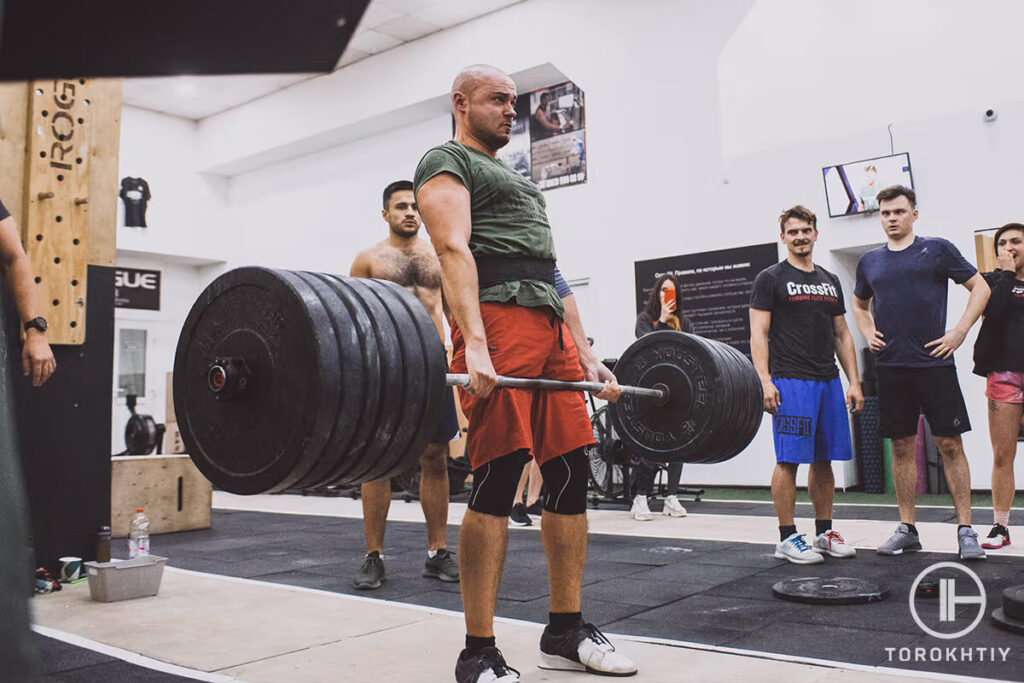
The demountable barbell gradually ousted its predecessor – the ball barbell – from the athletic arenas. Initially, it was used in training sessions and since the first modern Olympic Games (1896), competitions have been held with a demountable bar only. At the beginning of the XX century the demountable barbell with a rotating bar appeared first. The author of this improvement was the German engineer Berg. As a sports projectile, it began to be used in competitions starting from the European Championship in Vienna (1929).
Tangible contribution to the world weightlifting development, improving weightlifting projectiles, was made by the father of Russian athletics V.F. Kraevsky. In the second half of the last century, after a Western Europe tour, he equipped an athletic room in his apartment with a unique set of athletic equipment. Dr. V. F. Krajewski is the creator of a modern demountable barbell design. Cast iron discs weighing from 2 to 10 pounds were put on the Kraevsky’s barbell and fastened with a nut. There were three special marks on the bar: two extreme ones for gripping with two hands, and medium ones for gripping with one hand. The demountable bar by doctor Krajewsky was very popular.
At first, the demountable bar was used by athletes only in training sessions, but starting from the first Russian Championship (1897) they were used in competitions of various ranks. Prior to this, weightlifters performed with a piled up ball barbell.
🔻12-Week Olympic Weightlifting Program by Oleksiy Torokhtiy
Transform your strength and technique with our 12-week Olympic Lifting Program, made up of 5 sessions per week.
It is designed by Olympic Champion for athletes who are looking to set new personal records safely in Snatch or Clean & Jerk.
Program details:
- 12 weeks + 2 bonus weeks
- 45-120 minutes per session
- 50+ specific exercises/98 video instructions
- Primary focus on Olympics Lifts
- Full access to all training content
- Weekly video coach instructions
Start now and boost your weightlifting results!
Currently, all major international competitions use a standardized barbell with rubber-coated discs.
The Olympic barbell´s bar has a weight of 20 kg, a length of 220 cm and a diameter of 28 mm, while the ends of the bar on which the disks are worn are 50 mm in diameter. The load consists of a set of standard rubber-coated disks with a diameter of 450 mm and a mass of 25, 20, 15 or 10 kg (respectively red, blue, yellow and green), as well as small disks weighing 5, 2.5, 1.5, 1, 0.5 kg. Mass standard lock is 2.5 kg.
The female Olympic barbell is similar to the male one, but its bar is shorter at 2.05 m, and lighter at 15 kg, and has a smaller diameter of 25 mm. The female barbell has no notches in the center of the neck, because the notch in the center existed for performing one-handed movements that are not being used now.
You might be interested in:
Why Trust Us?
With over 20 years in Olympic Weightlifting, our team does its best to provide the audience with ultimate support and meet the needs and requirements of advanced athletes and professional lifters, as well as people who strive to open new opportunities and develop their physical capabilities with us.
By trusting the recommendations of our certified experts in coaching, nutrition, dietology, and sports training programming, as well as scientific consultants, and physiotherapists, we provide you with thorough, well-considered, and scientifically proven content. All the information given in the articles concerning workout programming, separate exercises, and athletic performance, in general, is based on verified data. We ensure that you can rely on our professionals’ pieces of advice and recommendations that can be treated as personalized ones which will benefit you and fully meet your needs.
The product testing process is described in more detail here
Author: Sergii Putsov
Head of Sport Science, PhD
Best Results: Snatch – 165 kg,
C&J – 200 kg
Sergii Putsov, Ph.D., is a former professional weightlifter and National team member, achieving multiple medals in the 94 kg weight category at national competitions. With a Master’s degree in “Olympic & Professional Sport Training” and a Sport Science Ph.D. from the International Olympic Academy, Greece, Sergii now leads as the Head of Sport Science. He specializes in designing training programs, writing insightful blog articles, providing live commentary at international weightlifting events, and conducting educational seminars worldwide alongside Olympic weightlifting expert Oleksiy Torokhtiy.

